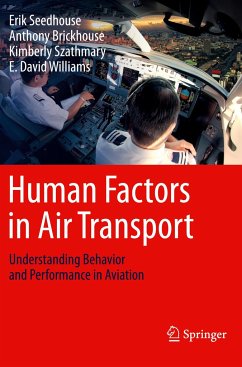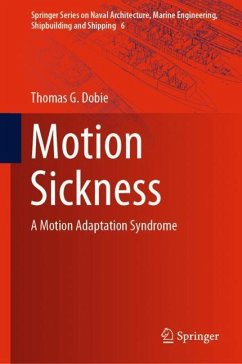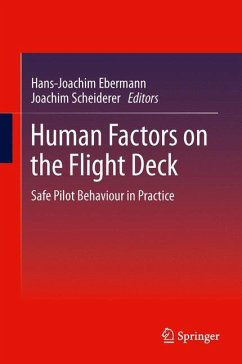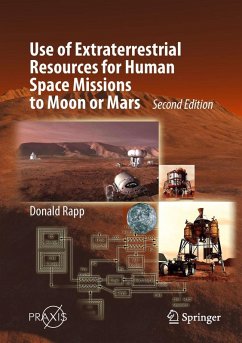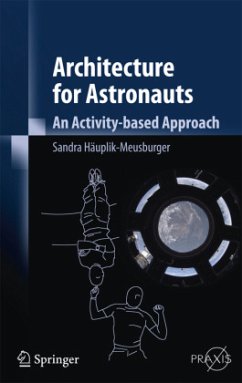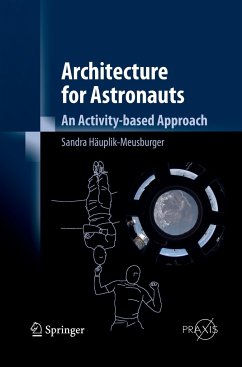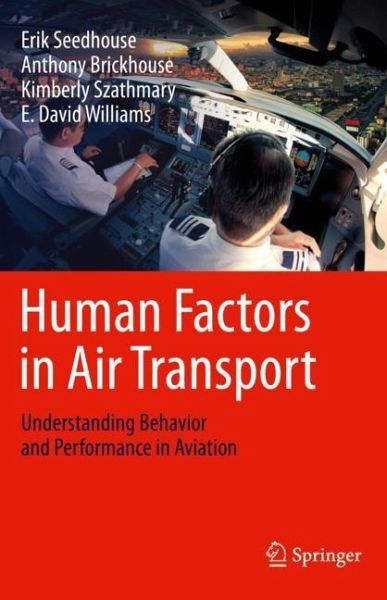
Human Factors in Air Transport
Understanding Behavior and Performance in Aviation
Versandkostenfrei!
Versandfertig in 6-10 Tagen
58,99 €
inkl. MwSt.
Weitere Ausgaben:

PAYBACK Punkte
29 °P sammeln!
This textbook provides students and the broader aviation community with a complete, accessible guide to the subject of human factors in aviation. It covers the history of the field before breaking down the physical and psychological factors, organizational levels, technology, training, and other pivotal components of a pilot and crew's routine work in the field.The information is organized into easy-to-digest chapters with summaries and exercises based on key concepts covered, and it is supported by more than 100 full-color illustrations and photographs. All knowledge of human factors required...
This textbook provides students and the broader aviation community with a complete, accessible guide to the subject of human factors in aviation. It covers the history of the field before breaking down the physical and psychological factors, organizational levels, technology, training, and other pivotal components of a pilot and crew's routine work in the field.
The information is organized into easy-to-digest chapters with summaries and exercises based on key concepts covered, and it is supported by more than 100 full-color illustrations and photographs. All knowledge of human factors required in aviation university studies is conveyed in a concise and casual manner, through the use of helpful margin notes and anecdotes that appear throughout the text.
The information is organized into easy-to-digest chapters with summaries and exercises based on key concepts covered, and it is supported by more than 100 full-color illustrations and photographs. All knowledge of human factors required in aviation university studies is conveyed in a concise and casual manner, through the use of helpful margin notes and anecdotes that appear throughout the text.





